Seamless gutters have become increasingly popular in recent years due to their efficiency and durability. Traditional gutters are made up of several sections joined together, which can lead to leaks and clogs over time. Seamless gutters, on the other hand, are made from a single continuous piece of metal, reducing the chances of leaks and clogs and providing a more streamlined and aesthetically pleasing look to the home.
One of the key maintenance tasks for seamless gutters is gutter cleaning. Over time, leaves, debris, and other particles can accumulate in the gutters, causing blockages that prevent water from flowing freely. This can lead to water damage to the roof, walls, and foundation of the home. Regular gutter cleaning is essential to prevent these issues and ensure that the gutters function properly.
Gutter cleaning can be a tedious and time-consuming task, requiring homeowners to climb ladders and scoop out debris by hand. However, neglecting this task can result in costly repairs and damage to the home. Hiring a professional gutter cleaning service can take the hassle out of maintaining seamless gutters and ensure that they remain in top condition.
In addition to gutter cleaning, gutter guards can also be installed to help prevent debris from entering the gutters in the first place. Gutter guards are typically made from a mesh or screen material that allows water to flow through while blocking leaves and other debris. This can help reduce the frequency of gutter cleaning and prolong the life of seamless gutters.
There are several types of gutter guards available, including snap-on guards, drop-in guards, and reverse curve guards. Each type has its own pros and cons, so it is important to research and choose the best option for your home. Some gutter guards may require professional installation, while others can be easily installed by the homeowner.
While gutter guards can help reduce the amount of maintenance required for seamless gutters, they are not foolproof. Some debris may still get through the guards and accumulate in the gutters, so regular inspections and cleaning are still necessary. Additionally, gutter guards can sometimes become clogged themselves, requiring maintenance and cleaning.
Overall, seamless gutters, gutter cleaning, and gutter guards are all important aspects of maintaining a healthy and functional gutter system. By investing in seamless gutters and staying on top of cleaning and maintenance tasks, homeowners can prevent costly repairs and damage to their homes. Gutter guards can also be a helpful addition to reduce the frequency of cleaning and prolong the life of seamless gutters.
In conclusion, seamless gutters offer numerous benefits over traditional gutters, including increased durability and efficiency. Regular gutter cleaning is essential to prevent water damage and ensure that the gutters function properly. Gutter guards can also be a useful tool to help reduce the frequency of cleaning and prolong the life of seamless gutters. By understanding the importance of seamless gutters, gutter cleaning, and gutter guards, homeowners can better protect their homes and ensure that their gutter systems remain in top condition. Contact us now for a free quote!
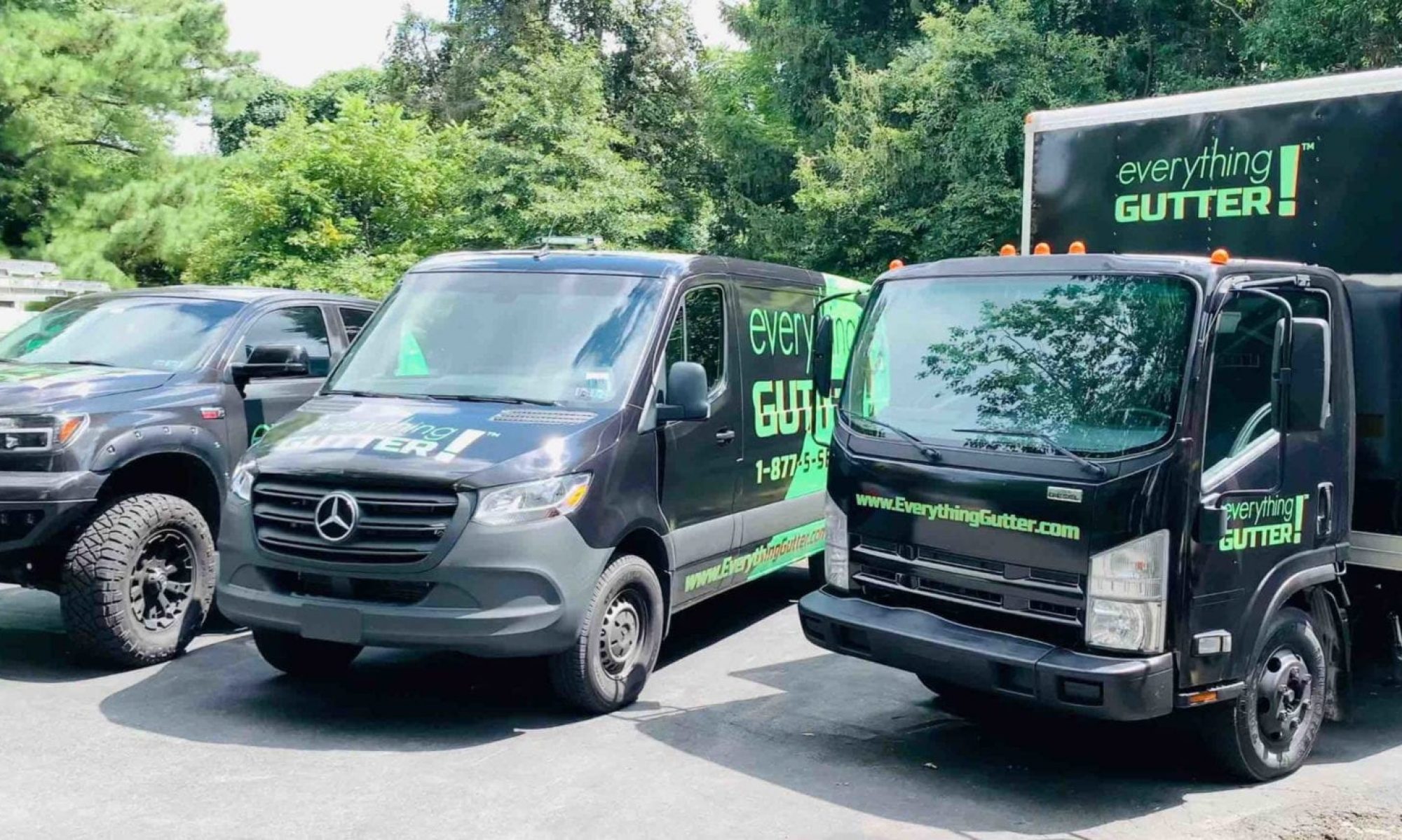

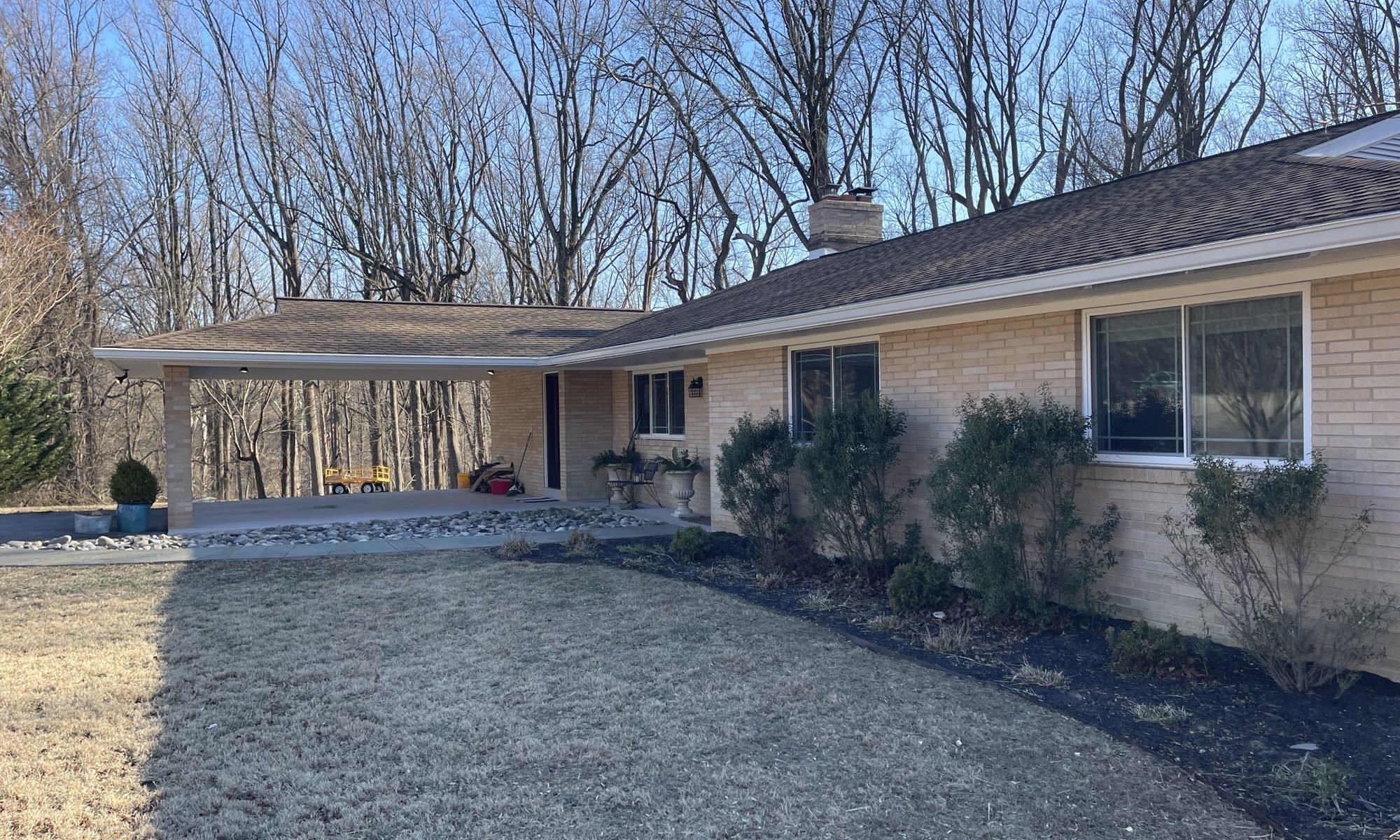
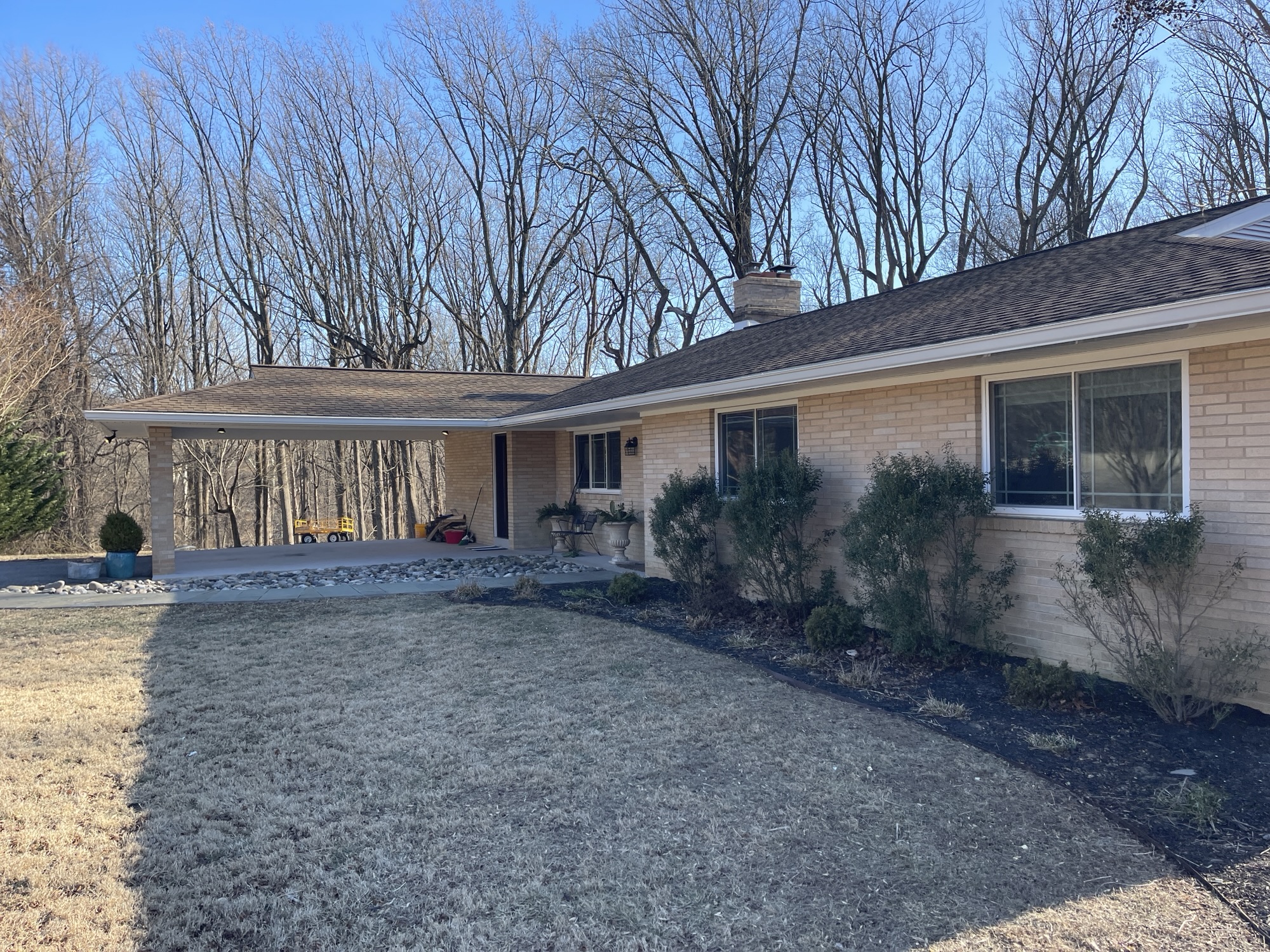
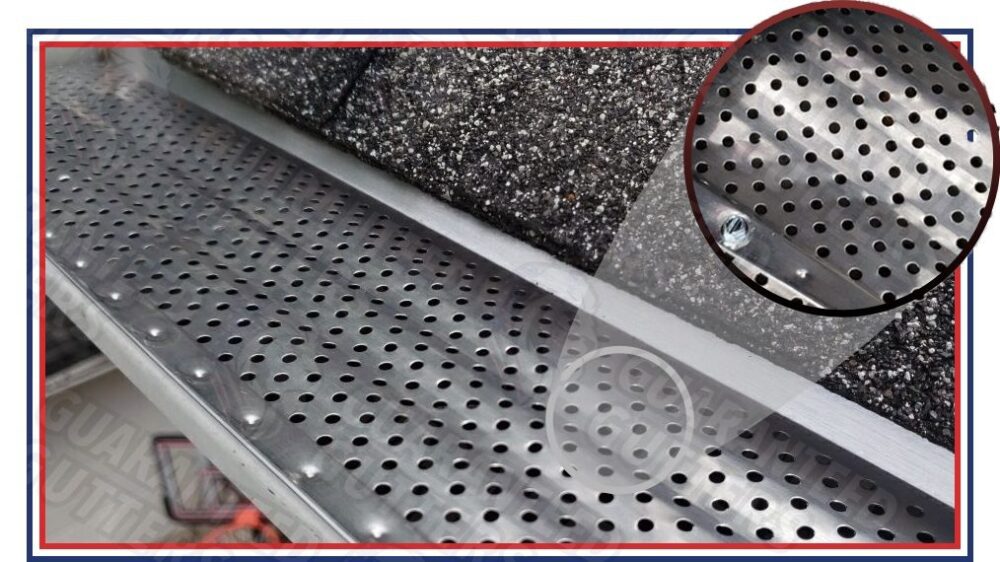


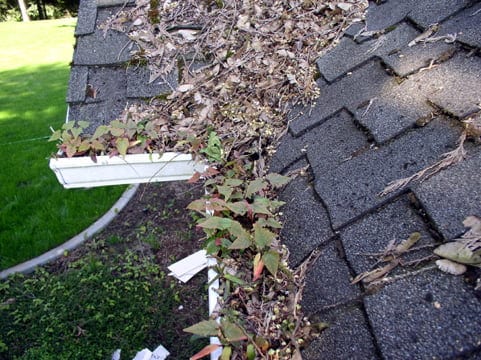
You must be logged in to post a comment.